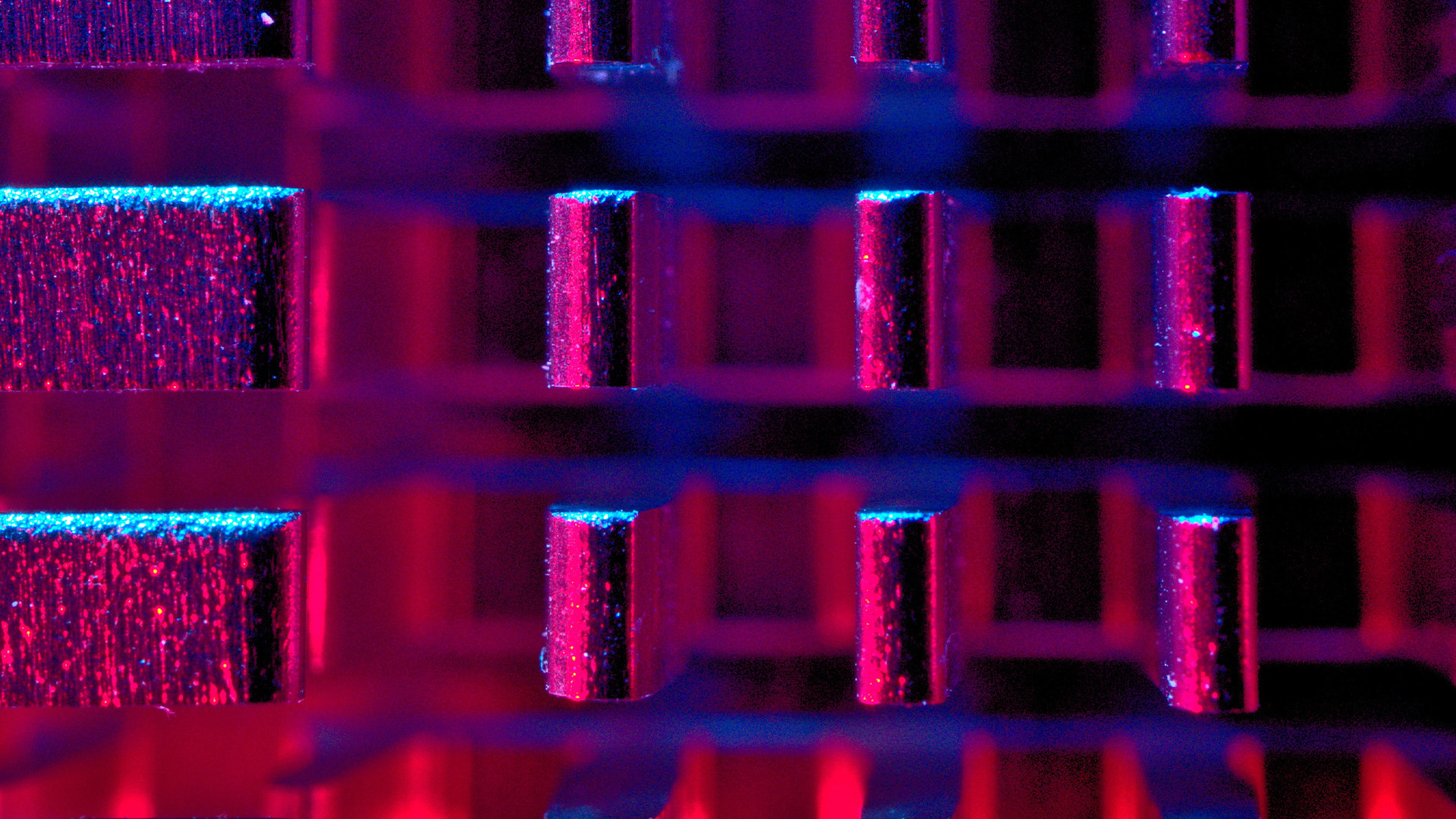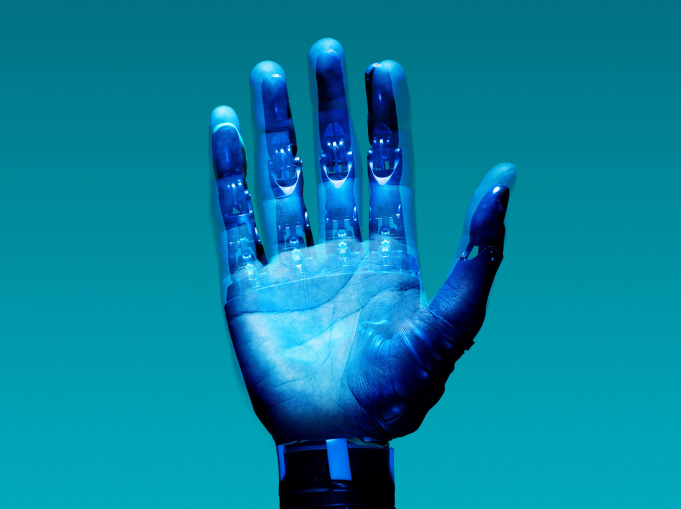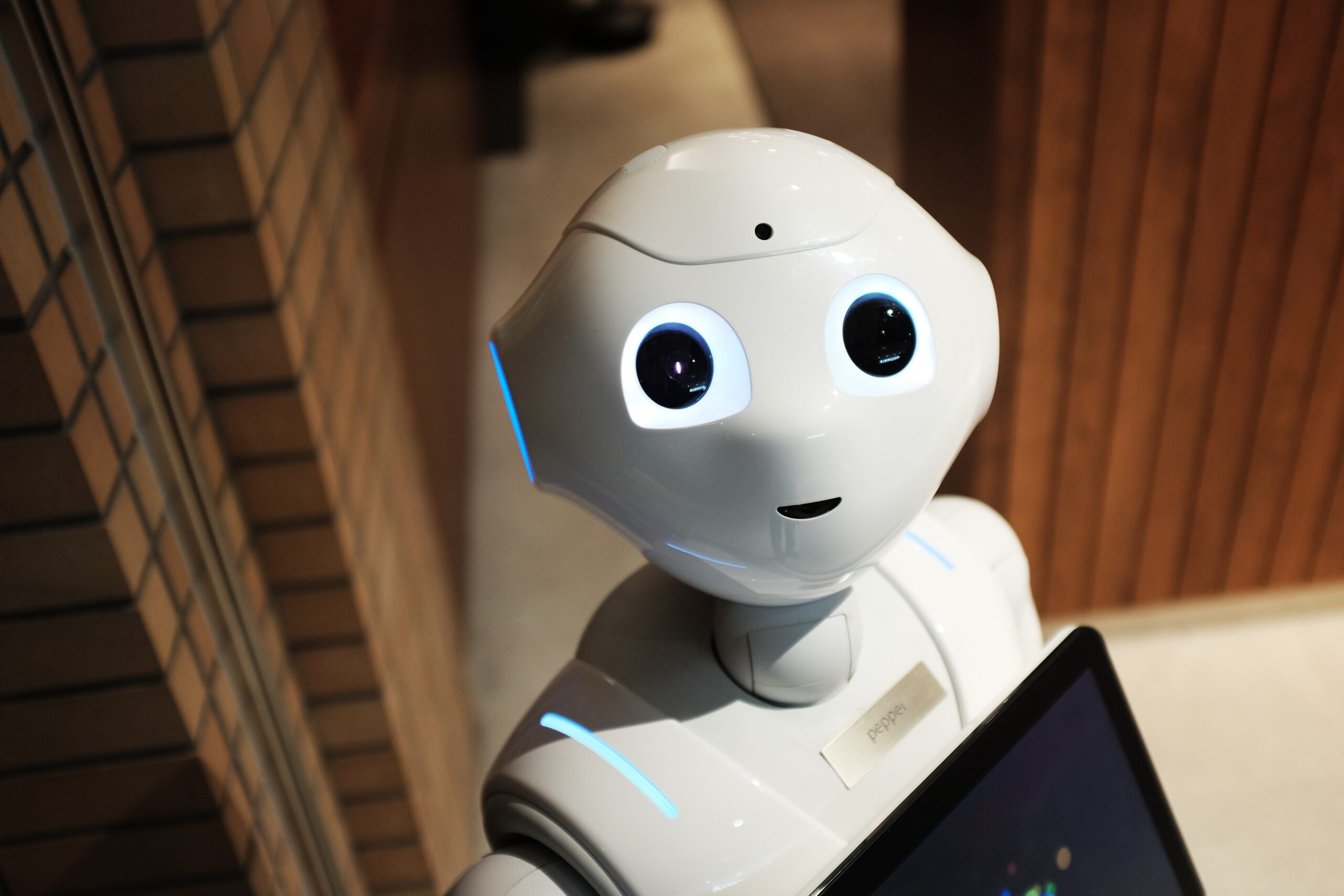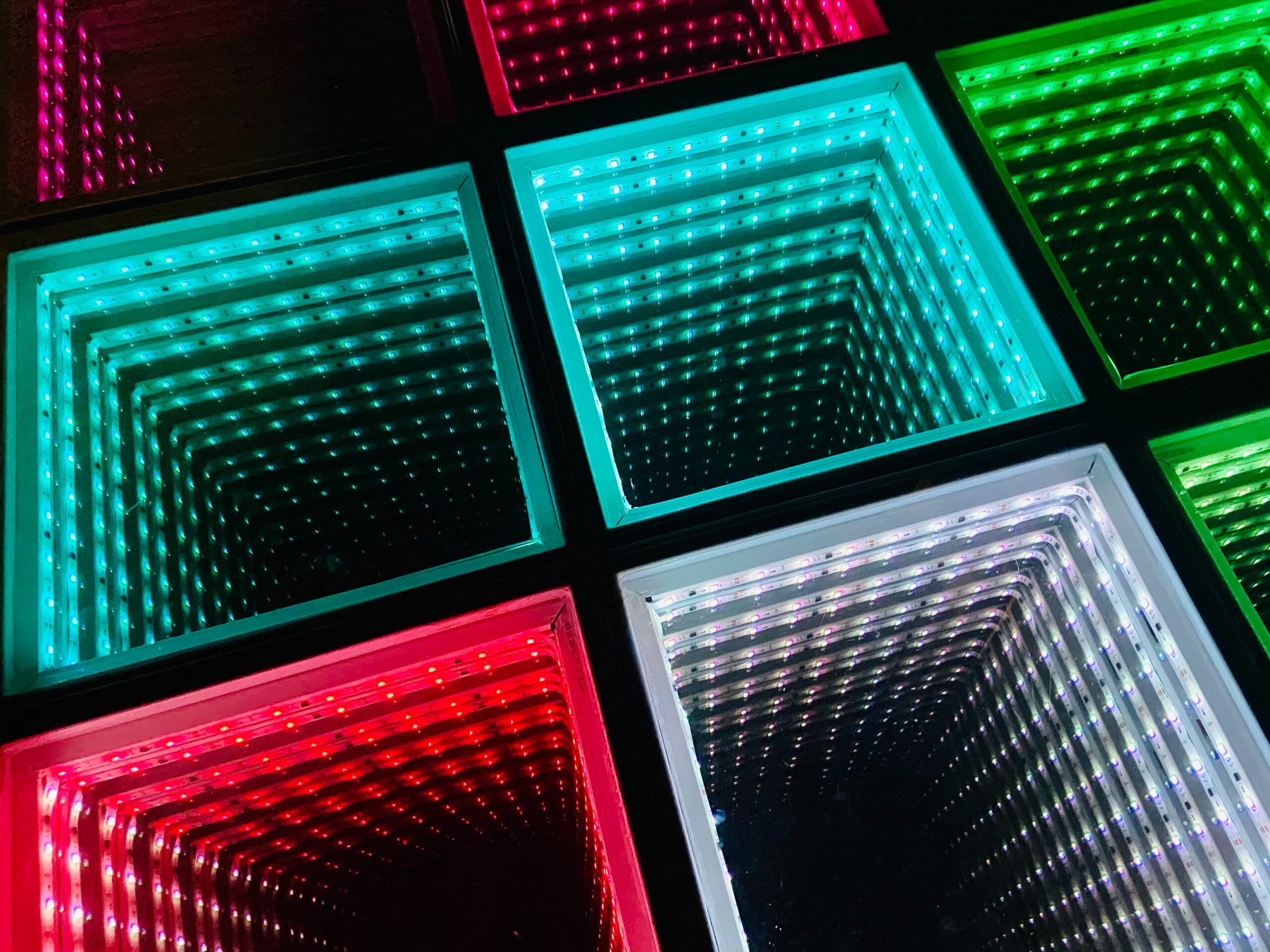KEY TAKEAWAYS
- Despite being a widespread condition, Autism Spectrum Disorder (ASD) still remains unclear for the majority of the population. This is why Tangity, the design studio arm of NTT DATA, delivered the AIDA project – focusing on desk and field research to better understand the condition, and develop digital tools that can help.
- This involved various design disciplines, AI specialists, and working closely with people that live with ASD.
- Although ASD is not a learning disability, it can strongly influence a person’s education in two ways: autistic children develop at a different speed, and also cultivate skills in a different way.
- Children with ASD may also have difficulties in staying focused, communicating, and understanding others’ perspectives.
- Accessing data through a human-centered design approach – based on user research in three steps: desk and field research, feature extraction and dataset design – enabled the Tangity team to analyze the human biases and tackle them, to avoid transferring them into the machine.
- This design methodology is especially valuable in cases where there aren’t any datasets available, like in the case of ASD, where there is no well-structured dataset related to the project’s objectives.
- With AIDA, we designed a kit that provides parents and educators with information about the status of the child, suggesting ways to communicate the most effective educational path.
- We integrated this innovative kit with a scalable app as an institutional tool to create a more inclusive environment in public schools.
In 2020, NTT DATA created a new global network of design studios, called Tangity. The aim was to encourage the development of innovative ideas that would have a tangible impact on both individuals and wider society by bringing together experts from different fields.
Tangity’s more than 150 designers across 6 studios all share a common purpose: to create products and services that have a positive impact on people’s lives. And through the 20/80 program, anyone in Tangity can put forward an idea and if it is considered of sufficient merit (it has a tangible human impact and can be of benefit to wider society, and is agreed upon by the group), they are allowed to spend 20% of their working hours developing it.
The foundational drive of Tangity is to humanize complexity, and this belief is no more apparent than with the 20/80 projects. The idea is to encourage designers to propose an idea that has a tangible human impact and can be of benefit to wider society.
One idea that made it through is the AIDA Project, which is looking at how design principles, artificial intelligence (AI), the Internet of Things (IoT) and virtual reality (VR) can be used to help autistic children communicate better with caregivers and educators. It seeks to change the perspective around autism and take the individual characteristics of each child into account.
Tackling the communication challenge
Autism is a surprisingly widespread condition: 1 in every 54 children in the world is diagnosed with Autism Spectrum Disorder (ASD), and it has a significant impact on all aspects of their lives, including their education.
In particular, communication is a real challenge for autistic children because of the unique way they respond to the world and interact with it – a reality made more challenging by the pandemic lockdowns that disrupted the routine and familiarity that autistic children so desperately need.
By leveraging the latest innovations in automation and AI, we realized there was a way we would be able to give caregivers the tools they need to adjust the context to the child’s needs.
Customizing communication techniques to accommodate each child’s individual learning characteristics goes some way to help, but this is a time-consuming and difficult process. But by leveraging the latest innovations in automation and AI, we realized there was a way we would be able to give caregivers the tools they need to quickly and easily adjust the context to the child’s needs, and provide this much-needed consistency.
The data behind the design
Having identified a way we could help, conducting a stringent and thorough research program was the first important step. Our AI and design experts had to create their own dataset, taking into account any potential human biases throughout.
Given the nature of the project, it was vital to adopt an ethical approach that involved collaboration between both designers and AI experts from the get-go. We had to create an AI solution that was considerate of the environment in which it would operate, and could be explainable to the final user.
To achieve this, we needed both qualitative and quantitative data. We were lucky enough to spend some time meeting autistic children in schools, and gain a first-hand understanding of the caregiver experience. By using a combination of interviews, workshops and participant observations, we could better understand the challenges of communication, and utilize this experience to inform our work.
Being able to see just how important communication is for meeting the unique needs of each child helped open our minds to a different way of thinking, and ensure the project never lost track of its ultimate goal.
Being able to see just how important communication is for meeting the unique needs of each child helped open our minds to a different way of thinking, and ensure the project never lost track of its ultimate goal.
With this qualitative background, our team of designers, IoT, AI & VR experts could contextualize the creation of an AI dataset, and ultimately create a solution that put the child’s needs at the center.
The next steps
Following the research stage, our AI and design experts collaborated to produce a scalable system that provides caregivers with the information they need. The first step in the development of the system was the app that collects a child’s preferences over time, as well as information from parents and teachers.
Such information is integrated with other data coming from the other kit devices, biometric and environment data. The app then correlates this data to provide personalized suggestions with the aim of simplifying communication, whilst ensuring all caregivers can have access to the same knowledge.
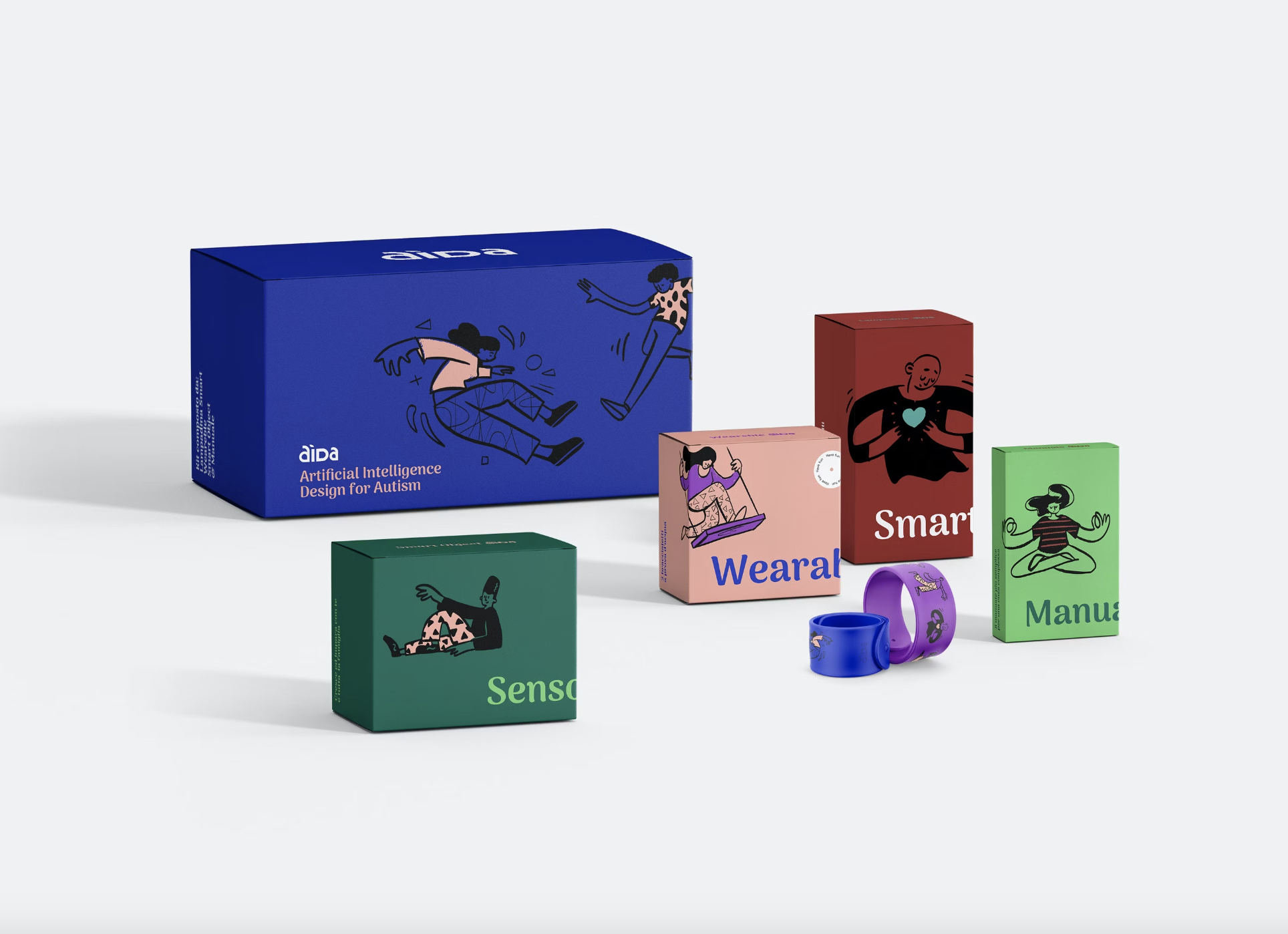
Figure: Devices being developed to complement the AIDA tool for children on the spectrum (source: Tangity).
Being able to provide consistency in terms of education and communication is crucial for caregivers and educators, especially during times of disruption. It’s hoped that the AIDA Project can become a useful tool in helping such people in their work.
AIDA changes the perspective towards autism: rather than forcing the child to adapt, AIDA attempts to adjust the context to the child’s needs – facilitating communication as well as the learning process.
Integrating an innovative kit – that provides parents and educators with information about the status of the child, suggesting ways to communicate and the most effective educational path – with a scalable app, is now helping to create a more inclusive environment in schools across Europe and beyond.
Originally published by NTT DATA UK, May 2021.
Discover more:






